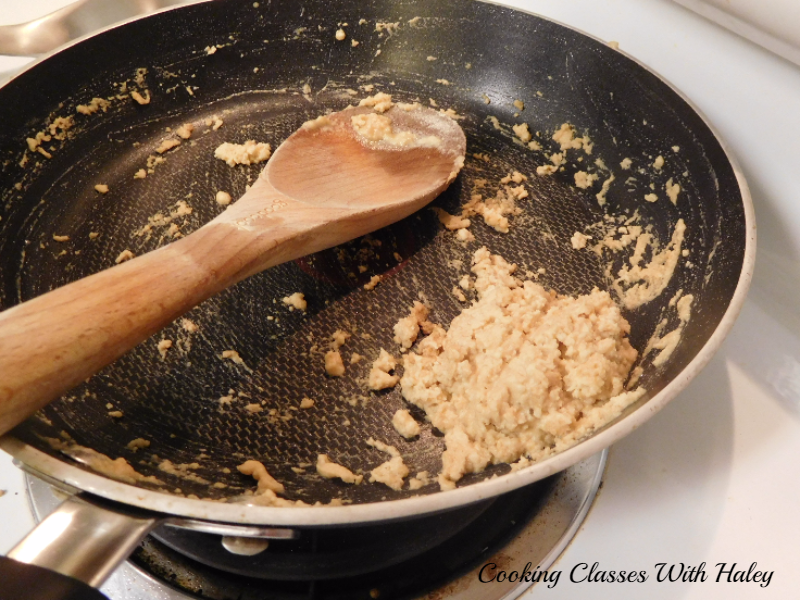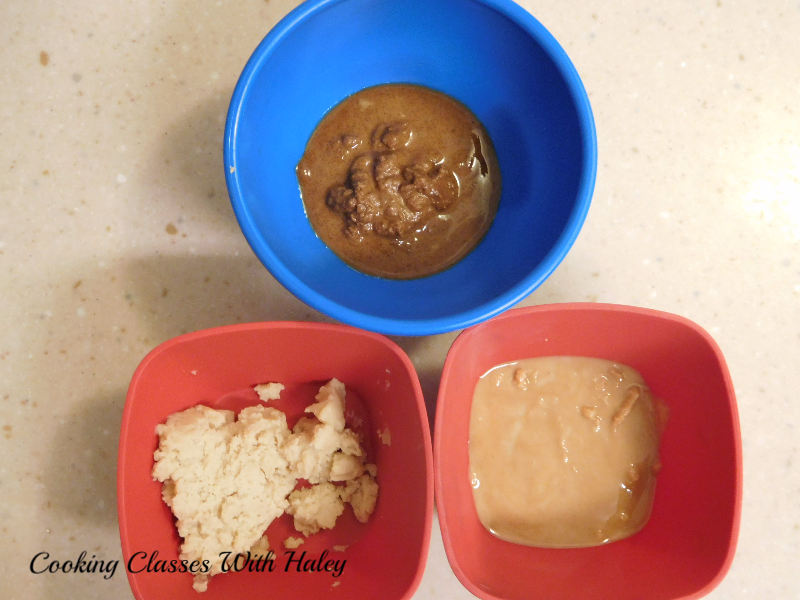Thickening Sauces with Roux
buy stromectol Probably the simplest and most used classic French culinary component, roux is nothing more than equal parts fat to flour cooked to varying degrees and used as a thickening agent for sauces, soups and stews. Butter is most commonly used as the fat, but olive and other oils or animal fat can also be used.
can you buy isotretinoin online yahoo
Shades of Roux
White roux is very light in color and only cooked for about two or three minutes. The short cooking time removes the starchy, raw flavor from the flour, but does not allow the flour to take on excess color which makes a white roux perfect for milk and cream based sauces. White roux has the most thickening power of the three stages.
Blonde roux is slightly darker in color and is cooked for about 20 minutes. While blonde roux does not have as much thickening power as white roux the longer cooking time allows the sugars in the flour to caramelize which will give a rich nutty flavor. Blonde roux can be used in finishing sauces, soups, or ragus.
Brown roux is cooked for about 35 minutes and has the least amount of thickening power, but is richer and sharper in aroma and flavor. More brown roux is required to thicken liquids and this roux is used in gumbos, chowders and other soups.
White, blond, and brown roux.
Storing Roux
You can very easily cook larger batches of roux and store them to use in sauces at a later time. Cook your roux to your desired shade, remove from the heat to cool and transfer to a clean glass jar. After the roux has rested the flour will sink to the bottom and the fat will rise to the top.
I recommend stirring the oil back into the roux to keep a smooth texture, but if you choose to pour it off it will just take a little extra whisking to get the roux to combine with your sauce.
After it is cooked, roux will store indefinitely in the refrigerator.
Other Thickening Methods
A reduction is the process of removing the water from a combination of ingredients (such as a sauce) by simmering. This creates a highly concentrated and extremely flavorful sauce. Some chefs prefer this method over using a roux for sauces because the resulting flavors are more pronounced and not “muddied” by the additional flour.
Corn starch or arrow root can be combined with water or another liquid to create a “slurry” which can then be added to your sauce or soup for thickening. A slurry will reach it’s thickening capacity when the liquid reaches a boil.
A mixture of egg yolks and heavy cream, known as a liaison, can add richness and minimal thickening to a sauce. You must be sure to temper your egg yolks
A beurre manie (which translates to “kneaded butter”) is a combination of equal parts butter and flour kneaded into a little ball and dropped directly into a soup or stew. Beurre manie is not cooked prior to adding to a liquid for thickening.
The Mother Sauces
Bechamel
A bechamel sauce is a milk based sauce, thickened with a white roux and lightly seasoned with kosher salt and white or black pepper. A common ratio that can be used is the 2:2:2 ratio. 2 tbs flour. 2 tbs butter. 2 cup milk. Bechamel is used as the base for Mornay Sauce (bechamel with Parmesan and Gruyere cheeses melted in) or lasagnas, gratins, and other dishes.
Espagnole
Espagnole is a rich brown sauce made with dark brown roux, tomato paste, browned mirepoix and beef or veal stock. Espagnole is used as a base for demi-glace.
Veloute
Veloute is made with white or blonde roux and fish or chicken stock. It can be flavored with sweated mirepoix, white or black pepper, and other herbs and lightly seasoned with kosher salt. Veloute transaltes to “velvety” and as the name suggests this delicate sauce has a velvety consistency and is served over fish or poultry.
Sauce Tomat
Sauce tomat is made with sauted mirepoix and garlic, cooked down tomatoes, and chicken stock. Sauce Tomat can be thickened with blonde roux or simply as a reduction. The sauce is flavored with slat pork or other pork product (i.e. bacon), kosher salt, black pepper, and herbs.
Hollandaise
This mother sauce is thickened with an egg yolk and butter emulsion rather than a roux and is flavored with lemon juice and sometimes a pinch of cayenne pepper and is seasoned with kosher salt. This sauce is rich and delicious and often served over vegetables or to finish Eggs Benedict.

